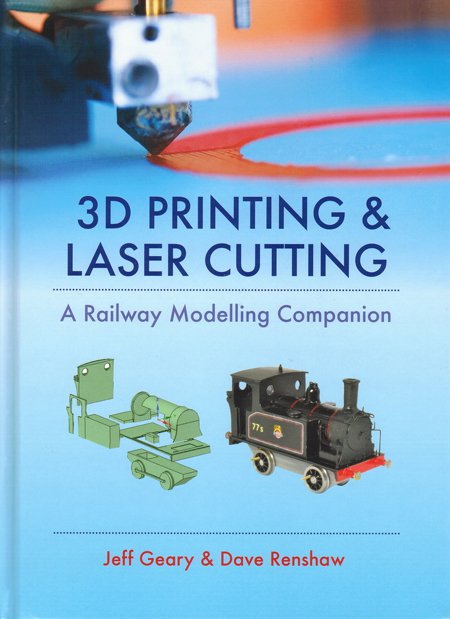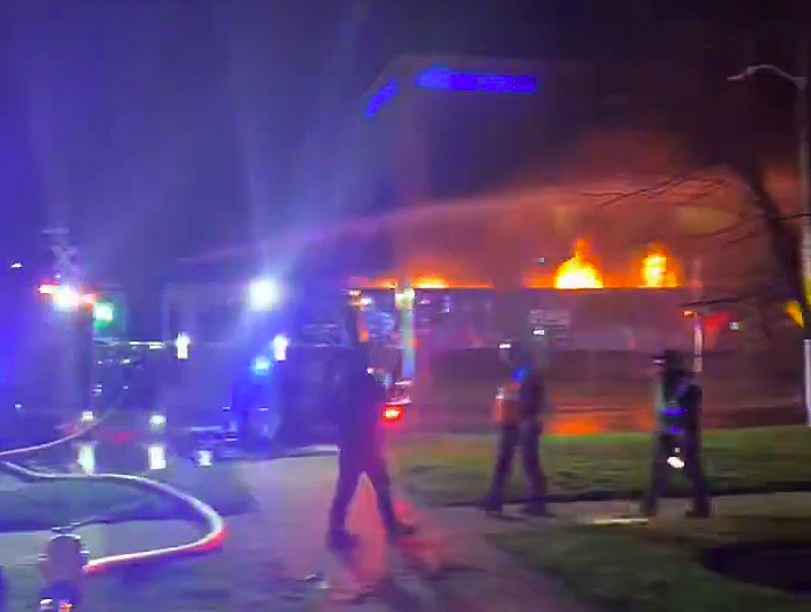by Jeff Geary & Dave Renshaw
Published by Ian Allan
Available in the US from:
Specialty Press
838 Lake Street S
Forest Lake MN 55025
Hardcover, 8″ x 10 1/2″, 160 pgs., 325 illustrations
Price: $24.95
The book begins with an introduction to CAD (Computer Aided Design), as this is the starting point for any 3D-printing or laser-cutting project. The authors describe in simple terms what CAD is and how it can be used in both 2D and 3D forms. They then go on to discuss no fewer than 11 different CAD programs, outlining the pros and cons of each. The best part is that all of these programs are available free on the Internet, which was one of the tenets set forth by the authors in writing this book.
From there, they go on to create a variety of different railway-oriented projects, each project using a different brand of free software. It should be noted here that this book is a British publication, so all of the projects are British. However, you should not let that deter you, as the object of the book is to help teach the capabilities of the different software packages by going, step by step, through these projects. Once you grasp the concepts, you can go on to create your own projects. The book’s projects include structures, locomotives, rolling stock, and accessories.
Following the software/projects sections is a chapter describing the various 3D-printing technologies, including their assets and drawbacks. A troubleshooting section describes (and shows) several ways the technology might go wrong and what you can do about it.
Laser-cutting technology is discussed toward the back of the book. As it is a 2D process, the CAD drawings are simpler. Again, we are taken step by step through the process of creating various parts, using one of the free online CAD programs. Laser engraving is also covered. The book wraps up with several useful appendices, including a resource page that covers all of the software packages mentioned in the book.
This hardbound volume is well written in an easy to understand, conversational tone. It’s beautifully printed on high quality, coated stock and the photo reproduction is excellent. I think this is a terrific book, one that should open the door to this fascinating technology for anyone who wishes to pass through it. Highly recommended.














